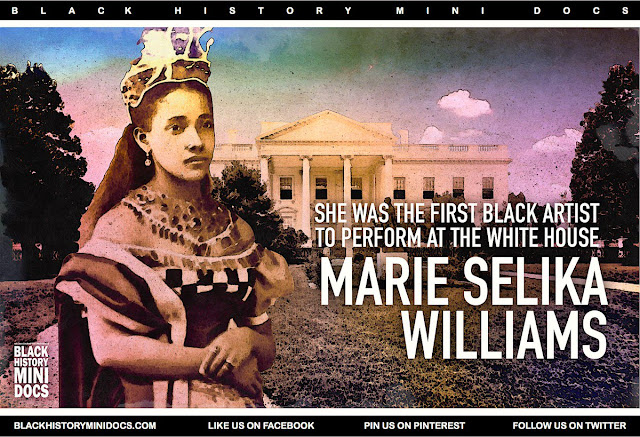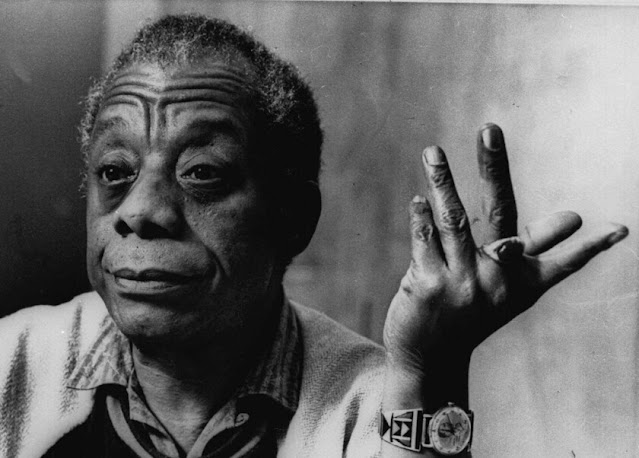Marie Selika
Marie Selika Williams (c. 1849 – May 19, 1937) was an American coloratura soprano. She was the first African-American artist to perform in the White House.
Marie Smith was born in Natchez, Mississippi, around 1849. After she was born her family moved to Cincinnati, where a wealthy family funded voice lessons for her. She moved to San Francisco in the 1870s and studied with Signora G. Bianchi. She then studied in Chicago with Antonio Farini, who taught the Italian method. There she met a fellow student, operatic baritone Sampson Williams, whom she would later marry.Marie Selika became the first African-American artist to perform in the White House in 1878. On November 18, she sang for President Rutherford B. Hayes and First Lady Lucy Webb Hayes in the Green Room and was introduced by Frederick Douglass. Her performance included Verdi’s “Ernani, involami,” Thomas Moore’s “The Last Rose of Summer,” Harrison Millard’s “Ave Maria,” and Richard Mulder’s “Polka Staccato.” She performed at Philadelphia's Academy of Music in 1878 and at New York's Steinway Hall in 1879. From 1882 to 1885 she performed across Europe with her husband, giving a concert in St James's Hall in London, for Queen Victoria in 1883.
Marie probably took her stage name from the character Sélika in Giacomo Meyerbeer's opera L'Africaine. Due to her rendition of E. W. Mulder's "Polka Staccato", she was often called the "Queen of Staccato."
From 1885 to 1891, Marie toured the United States with her husband, who took the stage name "Signor Velosko" (the Hawaiian tenor). They toured Europe a second time and performed at the 1893 World's Columbian Exposition before settling in Cleveland, Ohio. She also toured the West Indies. Despite Williams’s successful career and her status as the leading black prima donna of her time, she frequently struggled to obtain good professional management, even managing her own concerts on occasion. The prevalent racism of the era prevented black artists from being easily accepted in anything other than Minstrel shows, and blacks would not be welcomed to the American operatic stage until the 1930s.
On October 12, 1896, Marie joined fellow Black singers Flora Batson and Sissieretta Jones for a performance at Carnegie Hall in New York. After her husband died in 1911, Marie Selika gave private lessons and taught at the Martin-Smith Music School in New York City. She died on May 19, 1937.
 |
| Marie Selika |













Comments
Post a Comment